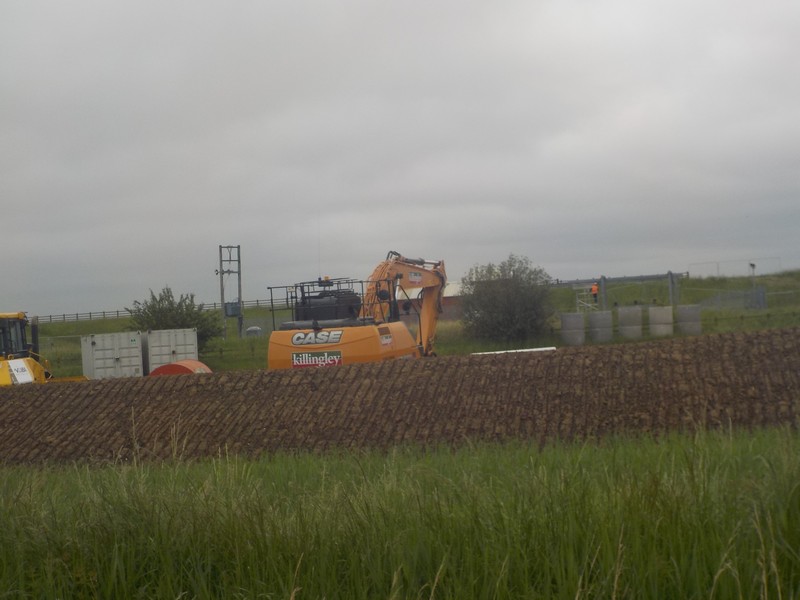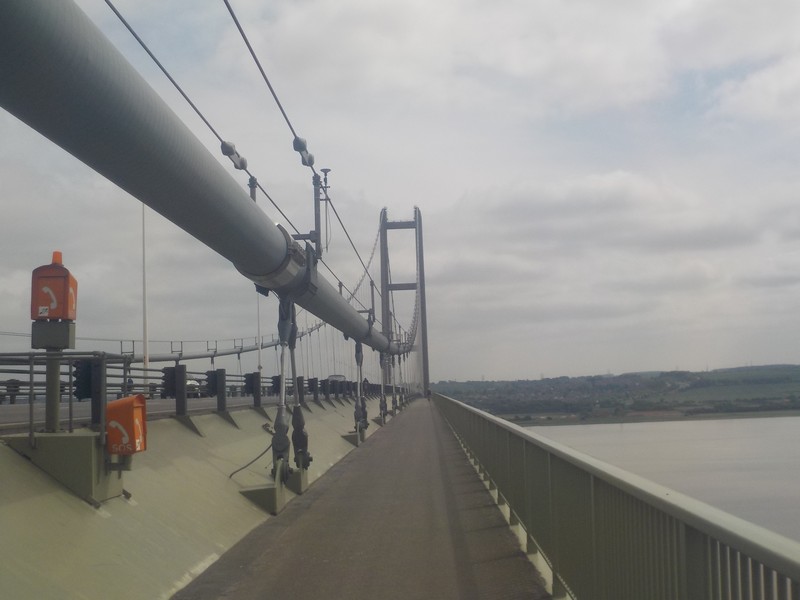Today would be a special day and unique day. Not only would I be re-doing a walk that I did 42 years ago in the summer of 1976, but I would also be accompanied by Malky, a friend and fellow contributor on Scottishhills.com. Malky has a great depth of knowledge of walking in the UK, particularly Scotland and is famed for his inventive routes using bike and boot over great distances. However, it almost did not happen. We both agreed to meet in Glen Brittle. I positioned my car outside the campsite close to the public car park and waited for Malky to appear. Unfortunately, by 9:30 the effects of a really hard day and a bottle of beer had me ‘zonked’ out. Little did I know that Malky had gone all ‘hippy’ on me and was off climbing a nearby Marilyn – Arnaval to see the Solstice sun setting. Malky therefore did not appear in Glen Brittle until after 10 in the evening. The following morning meant with the absence of a phone signal I had to think about a different route. I drove to Broadford and prepared to get a bus to complete another route. Just then Malky called and the walk was back on! Turns out Malky was parked only 20m from me, but neither of us bothered to ask what vehicle the other was driving!! Dohhh! Anyway, we left Malky’s car in Glen Brittle and set off in mine for the long drive around to Elgol.
A quick brew in Elgol and we were off. We would be following a cliff-top path towards Camasunary which offered great views of the Cuillin across Loch Scavaig. The narrow path is exposed and a simple trip could be fatal; only 3 weeks before a man had fallen to his death from this path. Most of the Cuillin ridge was still in cloud, but we thought that may lift by the time we got around to it. At Glen Scaladal we dropped down to the beach and were able to continue on the rocky foreshore around a headland. We arrived at the new bothy in Camasunary and went inside. A young American couple had spent the previous night there.
I remember very little of my walk from August 1976. I do remember the long walk in from Broadford, in the rain and then arriving and camping close to Camasunary house and drying my clothes with a large fire while sitting on a Walkers of Mallaig fish box!





We headed for the stepping-stones across the Abhainn Camas Fhionnairgh and continued along the rough path around the southern nose of Sgurr na Stri. A couple of girl runners caught and passed us, they were getting the boat back into Elgol. As we arrived at The Bad Step, we heard a right “kerfuffle” from the cliffs above us. It looked like a couple of Common Buzzards either defending or attacking a nest/young from crows. I tried to get a telephoto shot but it was too difficult. The Bad Step is not bad at all, and I remember nothing about it from when I originally crossed over it. We passed onto the head of Loch Coruisk and met about 20 people who had been brought in by the boat from Elgol – The Bella Jane. Personally, I think it is such a good thing that people who perhaps are unable to walk into Loch Coruisk, can experience this magical setting, to be delivered right into the heart of the Cuillins, to be surrounded by mountains.
We headed up into An Garbh choire and were heading for the bealach just to the left of Caisteal a’ Garbh-choire, a large tower of rock. As we got higher into the Coirie, the wind picked up and it became much colder. I put my jacket on, while Malky stayed just with his tee-shirt, iron-man! We could see evidence of a number of recent large rock falls. Some of the boulders within the rock falls were huge, almost the size of a house! Lets hope nothing gets dislodged today! The route up the coirie was in a series of stages and levels which seemed to drag on forever. By the time we reached the final stage of the boulders below the bealach, I was flagging. Yesterdays efforts had drained me somewhat. We topped out on the bealach amidst the clag. The wind was very fierce and we did not linger.








We dropped down the short distance into Coirie Ghrunnda and walked around the small lochs. The next section of the walk was quite tricky and meant keeping to the right of the coirie wall to pick up a path. However, we went down a number of false trails where people before had climbed down small sections only to have to back-track. We descended a couple of sections where we also had to back track before we picked up the proper path. The clag had now cleared and we could now look out towards the coast and the Isle of Soay. The geomorphology of this section was created by large glaciers scoring the underlying rocks into smooth curvaceous slabs, which dropped down in a series of stages. Care was still required, as a trip here could be fatal. Eventually we lost height and dropped down to a more recognisable path. Parts of the Cuillin Ridge had now begun to clear. The walk back to Glen Brittle was covered quite quickly.
We then had to do the long drive around back to Elgol and collect my car. However, all great walks should end with a fish supper, so we stopped off in Broadford and called in at the Chippy. In typical Malky fashion, after dropping me off in Elgol, he headed up Ben Meabost, a small Marilyn close to Elgol.





A great and memorable days walk. Once again cheers Malky for the company.
NB: I also publish all my Scottish Blog entries on the excellent Scottish Hills website, I use the same narrative, but larger photos and a few extra ones. They can be found here:
http://www.scottishhills.com/html/modules.php?name=Forums&file=viewtopic&t=24194
Distance today = 14 miles
Total distance = 3,946 miles






































